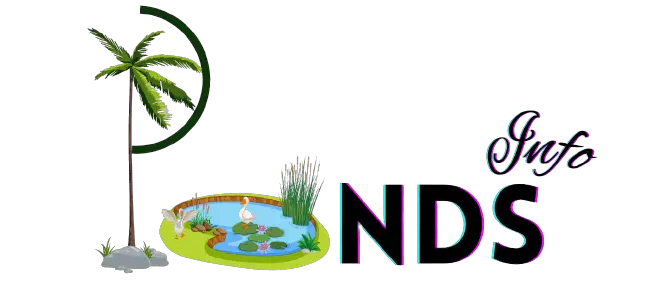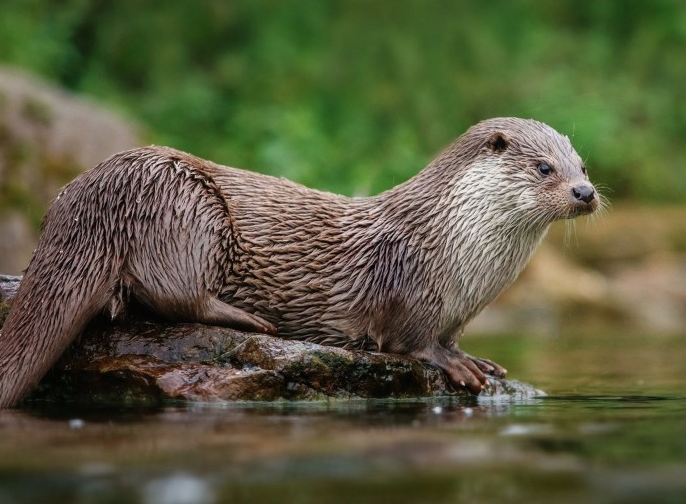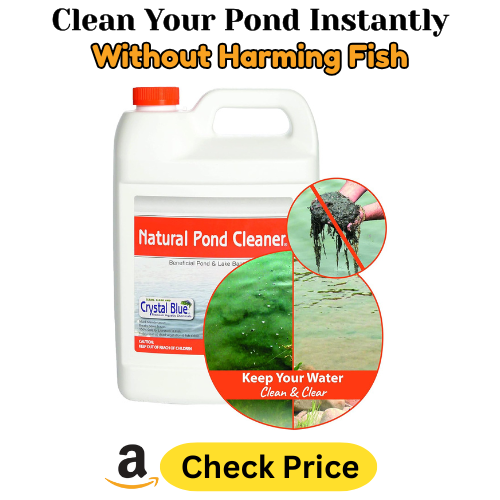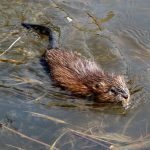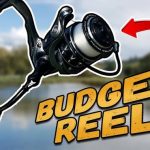If you’re searching for how to trap an otter in a pond, you’re probably dealing with fish loss, damaged banks, or otters using your pond as a feeding ground. While these playful animals are fascinating to watch, their presence can cause real problems for pond owners. However, trapping an otter is not as simple as setting a trap — it is heavily regulated, and in many regions, illegal without a permit.
Here’s what you need to know about handling otters safely, legally, and humanely while protecting your pond for the long term.
Understanding Otter Behavior
Otters are natural predators that feed mainly on fish, frogs, and crustaceans. They are strong swimmers and highly intelligent, often returning to the same water source if food is abundant. Because they are protected in many areas, removal must follow strict wildlife laws.
In most cases, the goal is not to “trap” otters directly, but to deter and exclude them from your pond in humane and lasting ways.
1. Check Local Wildlife Regulations
Before considering any type of removal, always contact your local or state wildlife agency.
Otters are a regulated species in most areas, meaning:
-
You may need a permit to trap or relocate them.
-
Only licensed wildlife control professionals may legally perform trapping.
-
Violating wildlife laws can lead to fines or penalties.
Once you understand your local rules, you can plan legal steps to protect your pond effectively.
2. Use Humane Alternatives to Trapping
Rather than focusing on physical trapping, it’s often more successful to make your pond less attractive to otters. Here are the best ways to do that:
A. Pond Netting or Covers
Heavy-duty mesh netting can be installed over smaller ponds to prevent otters from entering. For large fish ponds or hatcheries, tensioned nets or overhead wire systems work best. The key is to secure the edges tightly to prevent gaps.
B. Exclusion Fencing
Install wire fencing with small openings (under 4 inches) around the pond perimeter. Bury the bottom edge several inches into the soil to prevent digging. Electric fencing can also be effective but should always be installed according to safety regulations.
C. Protect Fish and Habitat
If your main concern is fish predation, consider:
-
Adding rock piles or submerged shelters where fish can hide.
-
Maintaining deeper zones (over 4 feet) where fish can escape easily.
-
Avoiding overstocking fish, which attracts predators.
D. Secure Inlets and Outlets
Otters often use drainage pipes or culverts as entry points or den sites. Install grates or mesh screens over these areas to block access while maintaining water flow.
3. Work with Professionals
If otter damage continues despite prevention efforts, the safest and most effective option is to contact a licensed wildlife control operator. These professionals:
-
Know legal trapping methods and seasonal restrictions.
-
Use approved, humane equipment.
-
Can relocate or remove otters under proper permits.
Attempting to trap otters yourself without experience or licensing is not recommended — it can be illegal and potentially harmful to both you and the animal.
4. Maintain and Monitor Your Pond
After resolving the problem, take preventive steps to discourage otters from returning:
-
Keep the pond area clean and free of leftover fish feed or waste.
-
Repair holes or weak spots in banks and fences promptly.
-
Inspect regularly for tracks, droppings, or fish remains that indicate new activity.
-
Consider using motion-activated lights or sprinklers as deterrents if otters return.
Regular maintenance makes your pond less appealing to otters and reduces long-term damage.
5. Why Humane Control Matters
Otters play an important role in natural ecosystems by keeping fish and amphibian populations balanced. Humane control methods not only comply with the law but also ensure ecological stability. By focusing on prevention and habitat management, you can protect your pond without harming wildlife.
Conclusion
While it’s understandable to look up how to trap an otter in a pond, direct trapping is rarely necessary and often illegal without professional help. The best approach is to combine legal compliance, physical exclusion, and preventive pond management.
By taking these responsible steps — and involving experts when needed — you’ll safeguard your fish, maintain pond health, and manage otters humanely and effectively.
